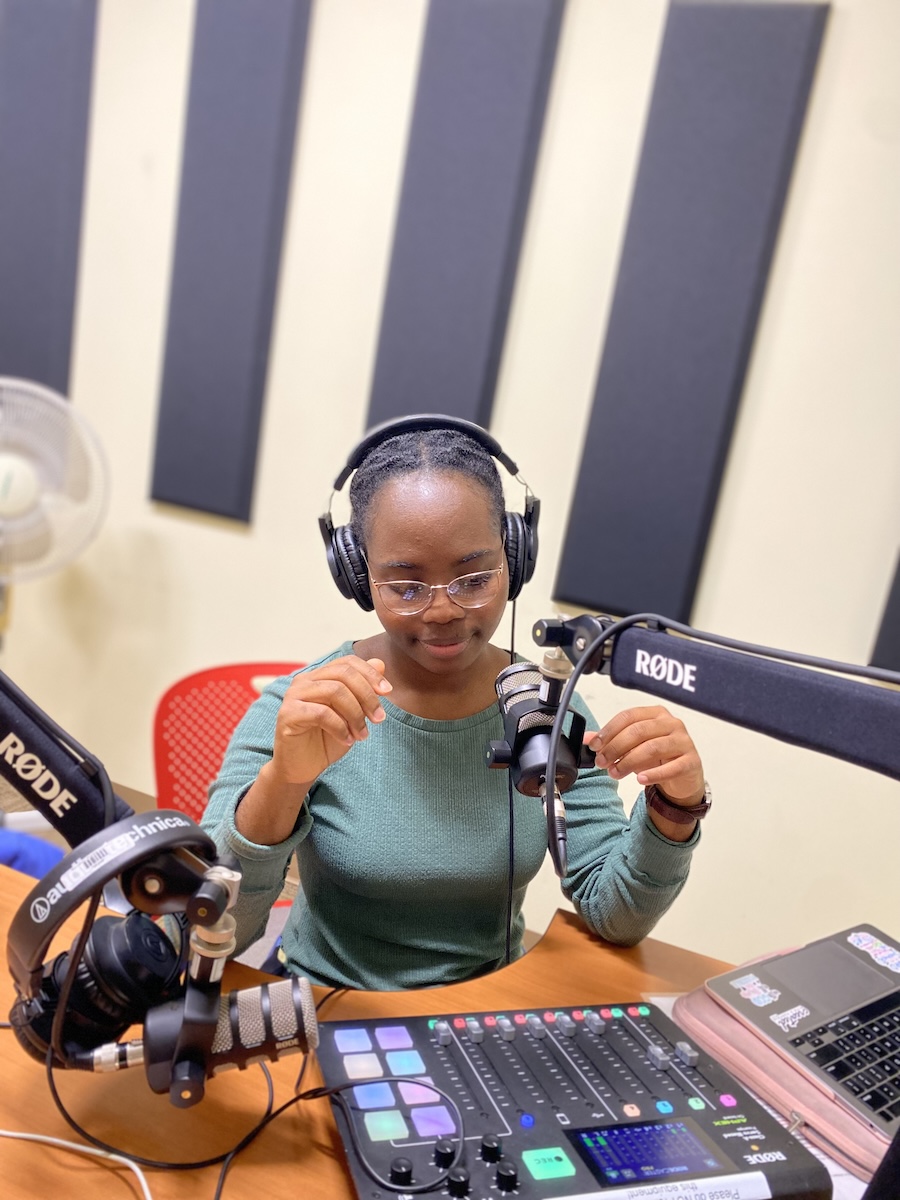Aidan Coyle ’17 Makes Green Crab Research Breakthrough
By Rebecca GoldfineScientists and conservationists have spent years trying to better understand how the crab adapts so well to new environments and continues to expand its territory. Now Aidan Coyle’s honors thesis is promising to add to that body of knowledge, contributing to an ongoing effort to solve a lingering crab mystery. The recently graduated senior spent his last year at Bowdoin looking for a link between the crab’s cold hardiness and its genes.
Starting in the 1980s, the green crab seemingly had begun migrating northward, inching closer to Newfoundland, leaving many to wonder whether warming waters were fueling its advance. However, a discovery made in 2006 put a chink in that theory when a scientist determined that the crabs that were thriving in colder, more northern waters were actually descended from more cold-tolerant northern European crabs. These cold-water crabs arrived in the United States more recently than their southern cousins, which came from the warmer waters of southern Europe.
But the story doesn’t end there. The southern crabs and the northern crabs are now meeting and mating in a hybrid zone, giving researchers a chance to reveal the underlying genetics enabling some crabs to do well in colder water.
After spending the fall of 2015 studying marine biology in the Bowdoin Marine Science Semester, Coyle dedicated his senior honors project to finding a link between a crab’s cold tolerance and its genes. After collecting crabs from three locations — the Bowdoin Coastal Studies Center in Harpswell, Maine; the Bowdoin Scientific Station on Kent Island; and from Pomquet, Nova Scotia — he conducted tests on them to see how well they fared in cold water. Then the biology major sequenced a few of the genes which previous research showed may be associated with thermal tolerance.
This spring, he made a surprising breakthrough. Instead of finding a gene in the nuclear genome that corresponds to the crab’s ability to tolerate the cold, Coyle discovered that this particular adaptation stemmed from a mutation in the crab’s mitochondria. “This was very surprising to me because I had assumed the mitochondria would be neutral,” Coyle said, adding that he only included them in his experiment as a way to identify them as coming from either southern or northern Europe.
Mitochondria are small organelles that provide energy for cells. They have their own simple genome, which is constant, passed from mother to offspring — unless a mutation occurs. That mutation can actually have a strong effect on an organism and its fitness, although this is a rare occurrence. “This is indeed what Aidan has found,” said Dave Carlon, an associate professor of biology and director of the Bowdoin College Coastal Studies Center. “And it might make sense since the mitochondria are providing energy to the cell — they’re the power house of the cell — that some mitochondria might be better adapted for cold temperatures.”
Coyle’s findings are helpful for both research scientists and those applying the science, such as conservationists trying to mitigate the impact of green crabs on marine ecosystems. Green crabs eat mussels, clams, and oysters, as well as rip up eel grass beds. “If we know something about genetic properties of those crabs we’ll be able to better predict the path of that invasion,” Carlon said.
Looking forward, Coyle will try to publish his green crab research with Carlon and Erin Voss ’16, whose honors research lay a foundation for Coyle’s finding. He has also accepted a job as a crab biologist in Kodiak, Alaska (he grew up in Homer, Alaska).
Coyle credits Bowdoin’s Marine Science Semester for preparing him for a successful research project. “It gave me a great opportunity to see what research is like, because you’re actually in the field doing it,” he noted. “You are able to get out there and do experiments where the professor has no clue what’s going to happen, and to dive so deeply into marine biology.”



